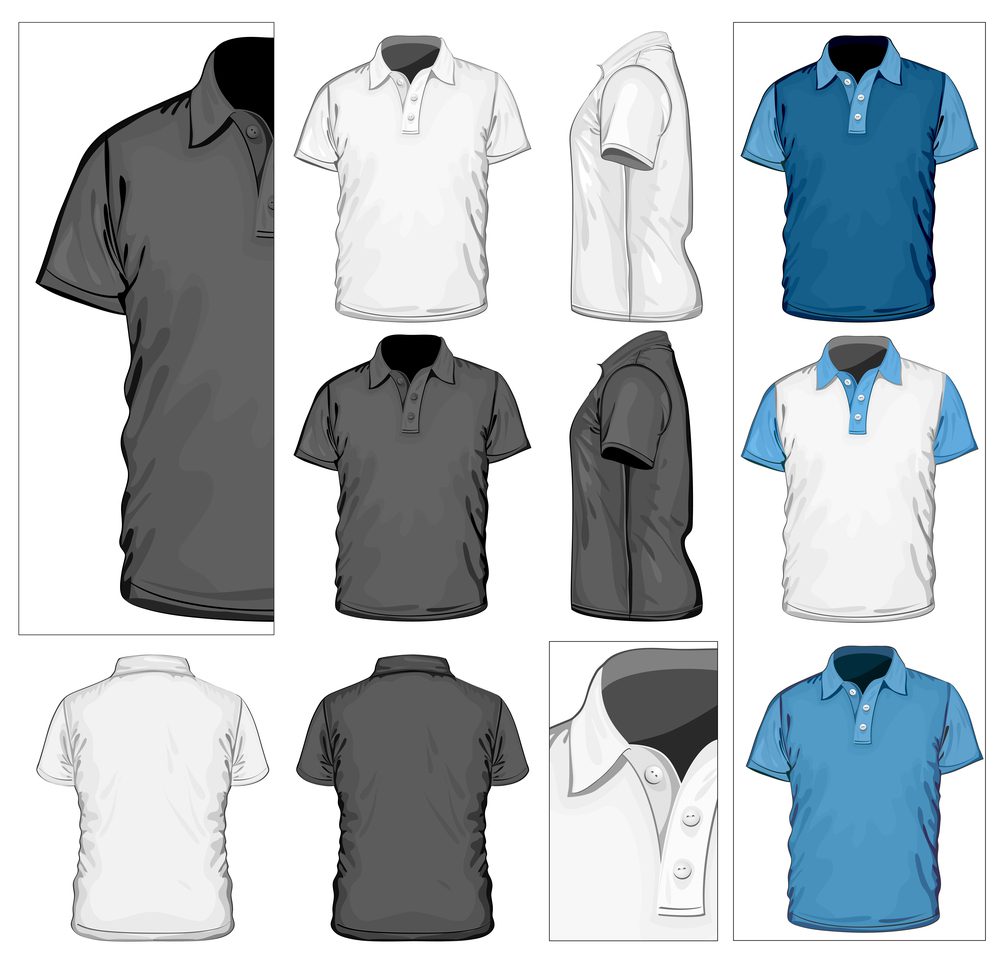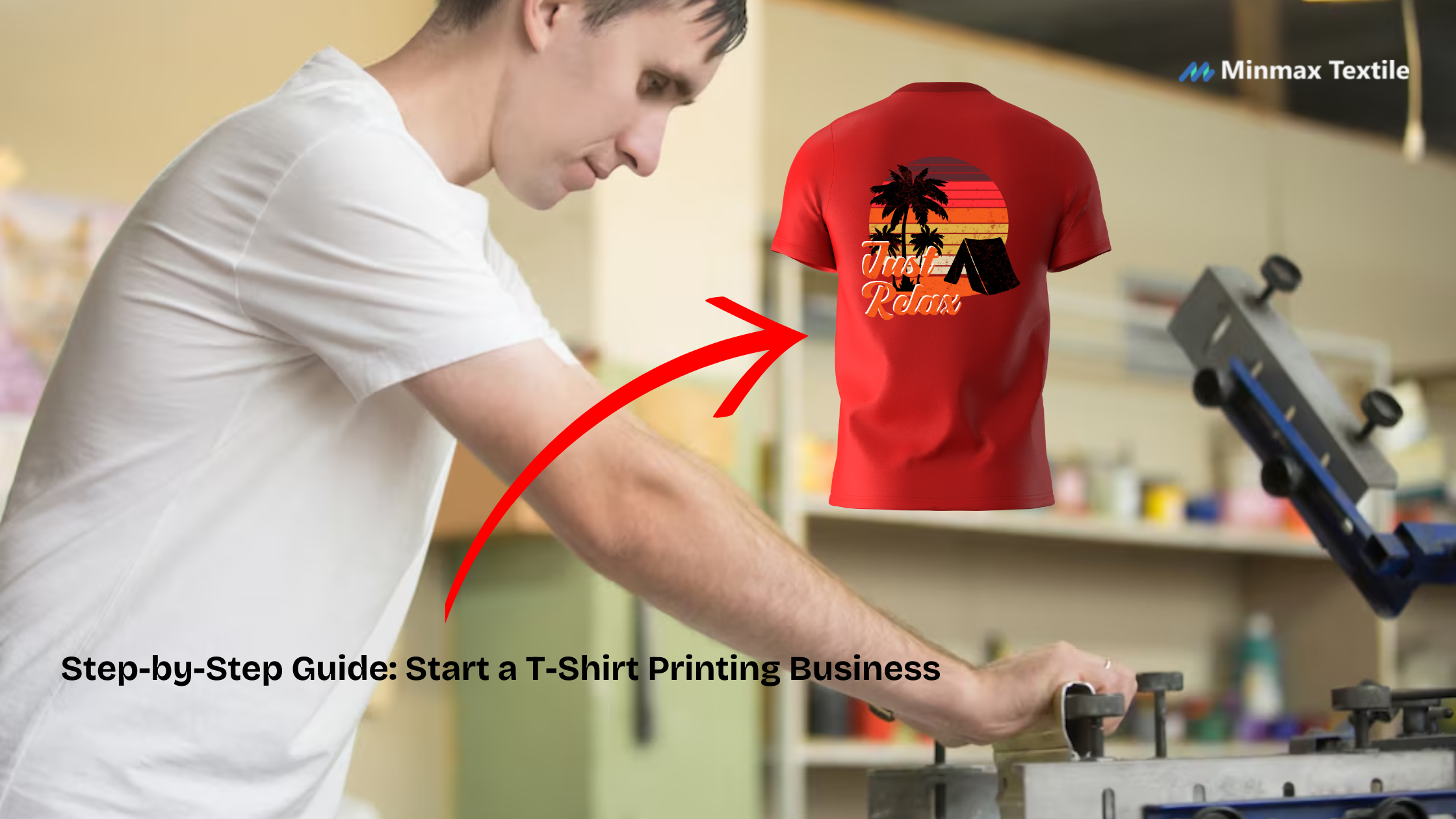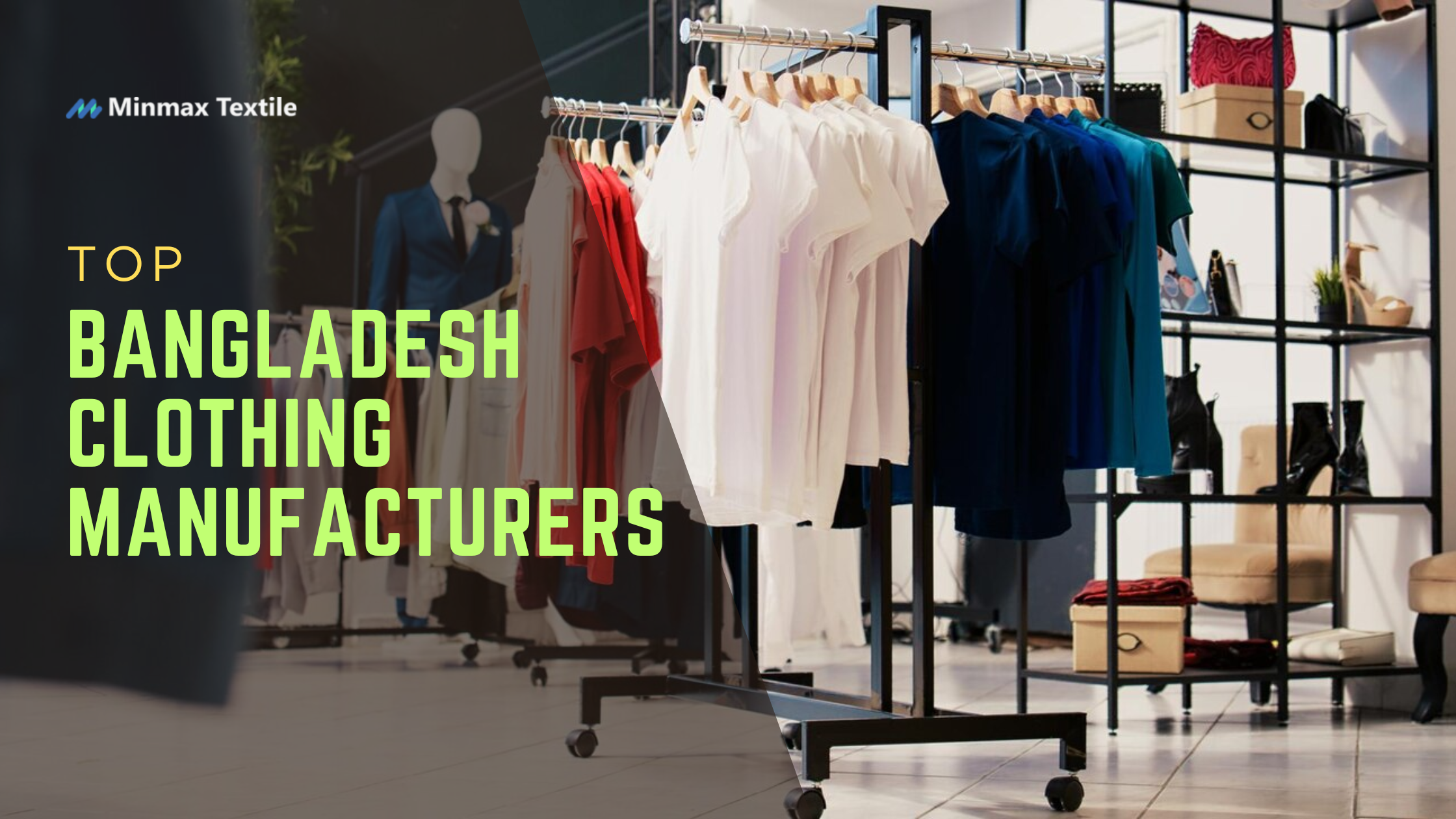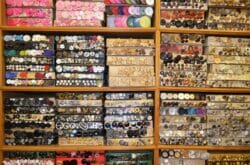Creating custom polo shirts is a fantastic way to express individuality, promote your brand, or unify a team with a cohesive look. Whether you’re designing for a corporate event, sports team, or a personal project, the process involves several important steps to ensure a high-quality, attractive final product. In this guide, we will walk you through the process of designing custom polo shirts, covering everything from choosing the right fabric to selecting the perfect design elements.
Step 1: Choose the Right Fabric
Understanding Fabric Options
The fabric you choose for your custom polo shirts significantly impacts comfort, durability, and appearance. Here are some popular fabric options:
- Cotton: Soft, breathable, and comfortable, cotton is a classic choice for polo shirts. It’s ideal for casual wear and provides a high level of comfort.
- Polyester: Durable and moisture-wicking, polyester is perfect for active wear. It retains its shape well and is less prone to wrinkles.
- Cotton-Polyester Blends: Combining the best of both worlds, these blends offer the softness of cotton and the durability of polyester.
- Organic Cotton: For an eco-friendly option, organic cotton is grown without harmful pesticides and chemicals, making it a sustainable choice.
Selecting the Fabric Weight
Fabric weight is measured in grams per square meter (GSM) and affects the shirt???s feel and durability. Heavier fabrics (200-300 GSM) are thicker and more durable, while lighter fabrics (100-150 GSM) are breathable and better suited for warmer climates.
Step 2: Determine the Fit and Style
Understanding Different Fits
The fit of your polo shirt can greatly affect its look and comfort. Here are the main types:
- Slim Fit: Tapered and close to the body, this fit is modern and stylish, perfect for a more fashionable look.
- Regular Fit: A traditional cut that offers a comfortable and relaxed fit, suitable for most body types.
- Relaxed Fit: Looser and more casual, this fit provides maximum comfort and is ideal for casual or athletic use.
Choosing the Sleeve Length
Polo shirts typically come in short sleeve and long sleeve options. Short sleeves are classic and versatile, while long sleeves offer more coverage and warmth.
Step 3: Design the Collar and Placket
Collar Types
The collar is a distinctive feature of polo shirts. Common types include:
- Classic Collar: The most traditional and versatile option.
- Button-Down Collar: Adds a touch of formality and helps the collar stay in place.
- Mandarin Collar: A modern, collarless option for a sleek look.
Placket Options
The placket is the part of the shirt where the buttons are located. Options include:
- Two-Button Placket: The most common choice, offering a balanced look.
- Three-Button Placket: Provides a slightly more formal appearance.
- No Placket: For a streamlined and minimalist design.
Step 4: Add Custom Elements
Embroidery and Printing
Adding custom logos, text, or designs can make your polo shirts unique. You can choose between embroidery and printing:
- Embroidery: Durable and high-quality, embroidery adds a professional touch and is ideal for logos and small designs.
- Screen Printing: Best for larger designs, screen printing offers vibrant colors and can cover larger areas.
- Digital Printing: Perfect for detailed designs with many colors, digital printing allows for photo-quality images.
Choosing Colors
Color selection is crucial for brand representation and visual appeal. Consider your brand colors or the message you want to convey. Use contrasting colors for text and logos to ensure they stand out against the shirt???s background.
Placement of Design Elements
Common placement options for logos and text include:
- Left Chest: Traditional and professional, this is the most common placement for logos.
- Right Chest: Adds balance if you have additional design elements on the left side.
- Sleeve: Perfect for additional branding or sponsorship logos.
- Back: Offers ample space for larger designs or messages.
Step 5: Finalize the Design
Using Design Tools
Utilize online design tools or software like Adobe Illustrator or CorelDRAW to create your design. Many custom apparel websites also offer design tools that allow you to visualize your design on the shirt before finalizing it.
Reviewing Samples
Before placing a large order, request a sample to ensure the design, fit, and fabric meet your expectations. This step can help you catch any errors and make necessary adjustments.
Getting Feedback
Share your design with team members or stakeholders to gather feedback. Their input can provide valuable insights and help refine the final product.
Step 6: Place Your Order
Finding a Reliable Supplier
Choose a supplier with a good reputation for quality and reliability. Read reviews and ask for samples of their previous work to gauge their craftsmanship.
Considering Minimum Order Quantities
Many suppliers have minimum order quantities (MOQs). Make sure to find one that can accommodate your order size, whether you need a small batch or a large bulk order.
Confirming Delivery Timeframes
Ensure that the supplier can meet your deadline. Custom apparel production can take several weeks, so plan accordingly to avoid last-minute stress.
Step 7: Caring for Your Custom Polo Shirts
Washing and Drying
To maintain the quality and longevity of your custom polo shirts, follow these care instructions:
- Washing: Turn the shirts inside out and wash in cold water to preserve colors and prevent shrinkage.
- Drying: Air dry or tumble dry on low heat to avoid damaging the fabric and design elements.
- Ironing: If needed, iron on low heat and avoid direct contact with embroidered or printed areas.
Storing
Store your polo shirts in a cool, dry place. Hanging them can help maintain their shape and prevent wrinkles.
Final Words
Designing custom polo shirts is a rewarding process that allows you to create unique, high-quality garments tailored to your needs. By carefully selecting the fabric, fit, style, and custom elements, you can produce polo shirts that are both stylish and functional. Remember to review samples, gather feedback, and choose a reliable supplier to ensure a smooth production process. With these steps, you???ll be well on your way to creating custom polo shirts that stand out and make a lasting impression.
FAQs
What are the benefits of choosing embroidery over printing for custom polo shirts?
Embroidery vs. Printing:
- Embroidery:
- Durability: Embroidered designs are more durable and resistant to fading and wear.
- Professional Look: Adds a high-quality, professional appearance, ideal for corporate logos and formal settings.
- Texture: Provides a textured, three-dimensional look that stands out on the fabric.
- Printing:
- Cost-Effective: Generally, more affordable, especially for large designs.
- Vibrant Colors: Allows for bright and detailed designs, including gradients and complex images.
- Large Areas: Suitable for large or full-shirt designs, offering more flexibility in design placement.
How do I choose the right size and fit for my custom polo shirts?
Choosing the Right Size and Fit:
- Understand Your Audience: Consider the body types and preferences of the people who will wear the shirts.
- Refer to Size Charts: Use the supplier’s size charts to find accurate measurements.
- Fit Types:
- Slim Fit: Ideal for a modern, tailored look.
- Regular Fit: Comfortable and suitable for most body types.
- Relaxed Fit: Best for maximum comfort and a casual look.
- Sample Fitting: Order samples in various sizes to check fit before placing a bulk order.
Can I design custom polo shirts for different occasions and purposes?
Designing for Different Occasions:
- Corporate Events: Use professional colors and add company logos to create a cohesive look for staff or attendees.
- Sports Teams: Choose performance fabrics and team colors, adding team logos and player names for a unified team appearance.
- Casual Wear: Opt for stylish designs and comfortable fits for everyday use.
- Promotional Merchandise: Use eye-catching designs and colors to attract attention and promote your brand effectively.
How long does it take to produce and deliver custom polo shirts?
Production and Delivery Timeframes:
- Design Finalization: Typically, this stage takes a few days to a week, depending on revisions and approvals.
- Production Time: Once the design is finalized, production can take anywhere from 1-4 weeks, depending on the order size and the supplier???s capabilities.
- Shipping: Delivery time varies by location and shipping method, ranging from a few days to a couple of weeks.
- Total Time: Plan for a total timeframe of 4-6 weeks from design to delivery, allowing extra time for any potential delays.
How can I ensure the quality of my custom polo shirts?
Ensuring Quality:
- Choose a Reputable Supplier: Research and select a supplier known for high-quality products and reliable service.
- Request Samples: Before placing a large order, ask for samples to inspect the fabric, fit, and design quality.
- Check Reviews: Read reviews and testimonials from other customers to gauge the supplier???s reputation and product quality.
- Clear Communication: Maintain clear and detailed communication with the supplier to ensure all specifications are met.
Quality Control: Upon receiving the order, thoroughly check the shirts for any defects or discrepancies against the approved design.
For any inquiry about polo shirt, feel free to contact us at info@minmaxst.com or call us at??+88-01813282105 (whatsapp).??You can also visit our facebook page , linkedin page , instagram page.





